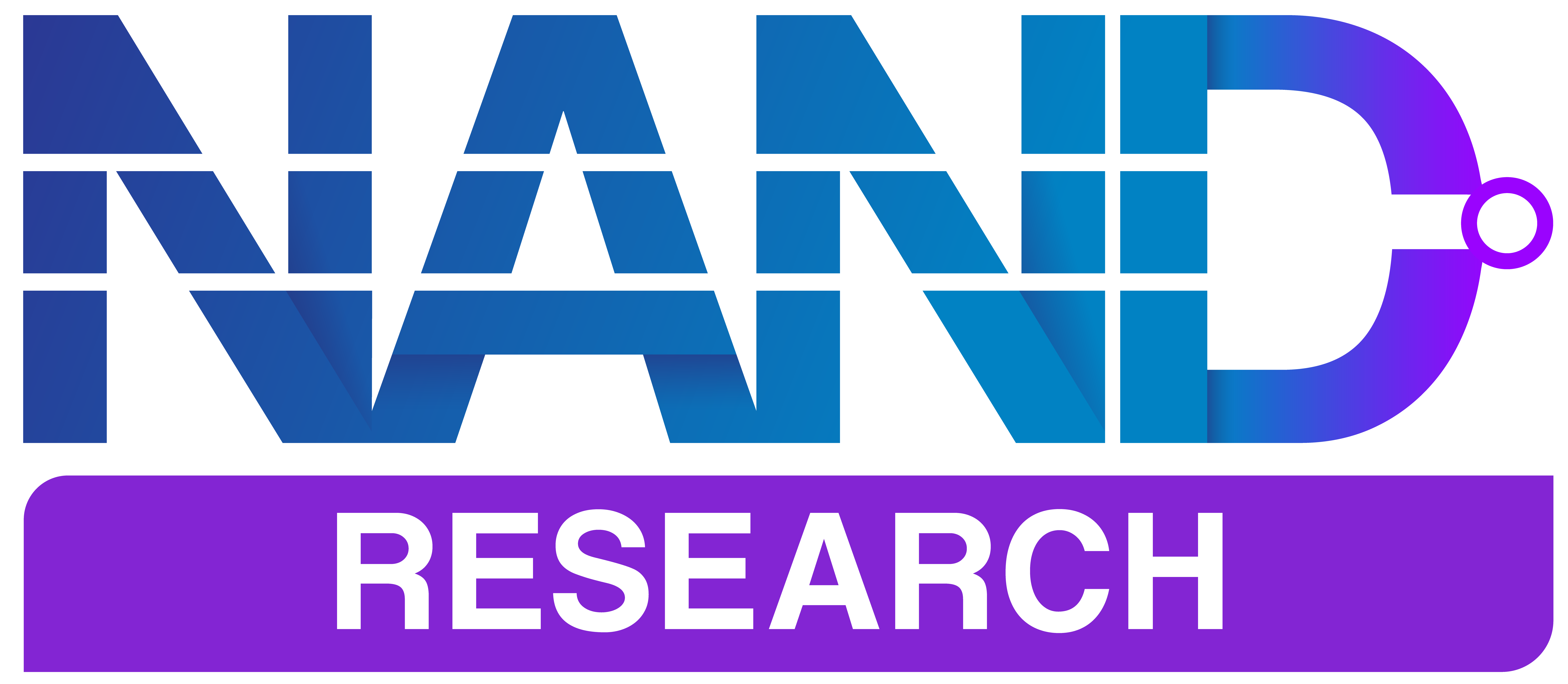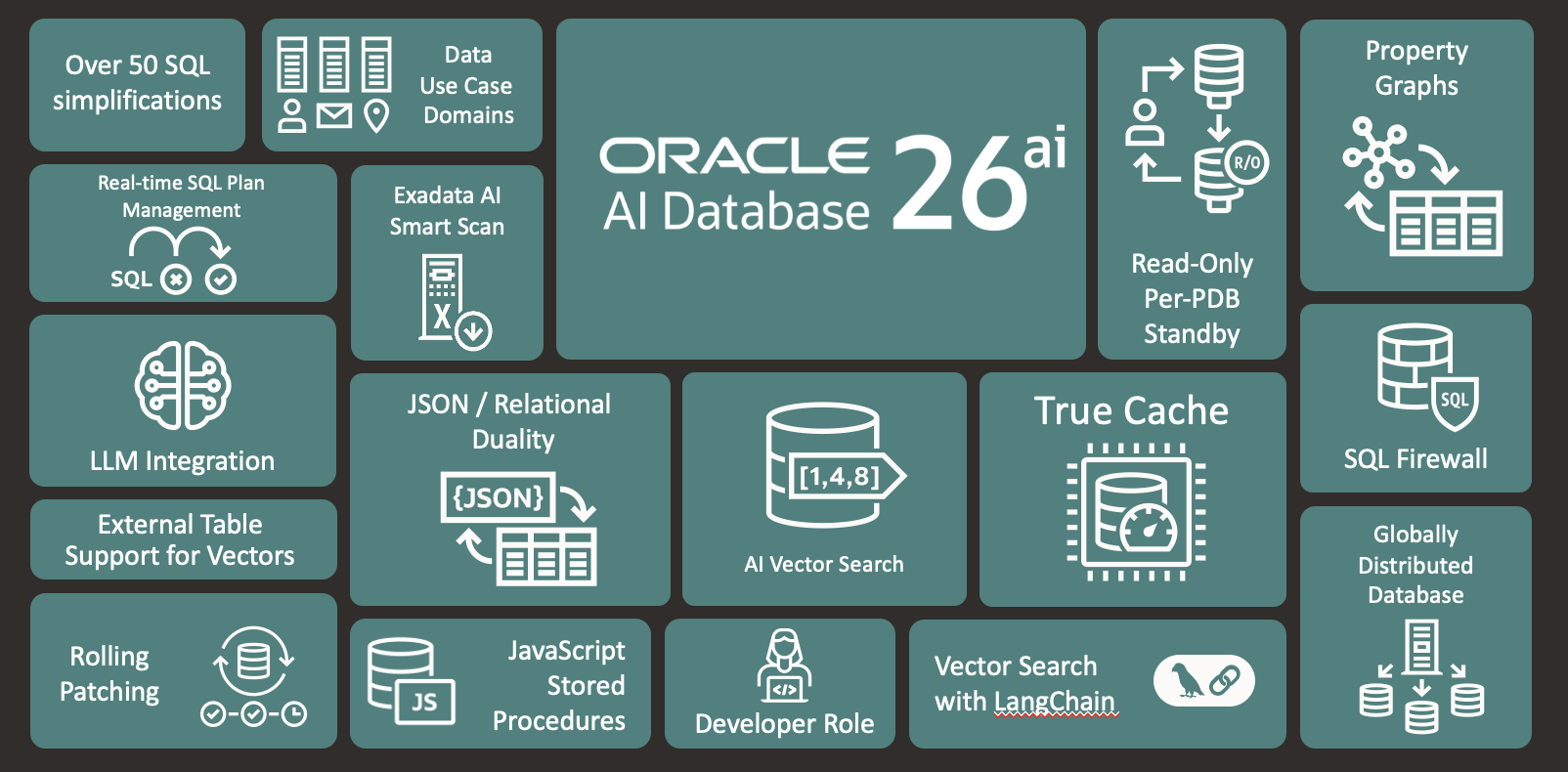Databricks announced the acquisition of BladeBridge, a provider of AI-powered migration solutions, to facilitate the transition of enterprise data warehouses to Databricks SQL (DBSQL).
BladeBridge automates the migration of workloads from over 20 different data warehouses and ETL platforms, using large language models for code analysis, conversion, and validation.
The acquisition aligns with Databricks’ broader strategy to drive the adoption of its Data Intelligence Platform (DIP) by simplifying the migration process for enterprises currently using proprietary or legacy data environments.
Who is BladeBridge?
BladeBridge specializes in AI-powered data warehouse and ETL migration solutions. The company’s platform automates migrating enterprise workloads from legacy environments to modern cloud-based architectures. BladeBridge supports migrations from over 20 platforms, including Teradata, Oracle, Snowflake, SQL Server, Amazon Redshift, Azure Synapse Analytics, and Hive.
Its AI-enhanced migration framework enables enterprises to modernize their data infrastructure with 50% faster conversion times than traditional migration approaches.
BladeBridge’s migration framework consists of four primary components:
- Analyzer – Provides an assessment of the migration scope, identifying complexity, potential discrepancies, and required adjustments between the source database and Databricks SQL.
- Converter – Translates SQL and ETL code from legacy environments into a configuration-driven format that aligns with Databricks SQL while maintaining customer control over conversion rules.
- Data Recon Module – Automates query testing between the source and target environments, ensuring accuracy and consistency.
- Studio – A centralized interface for managing, configuring, and overseeing the migration workflow.
Unlike traditional migration tools, BladeBridge uses an iterative AI-driven approach that dynamically adjusts configuration files based on unit test results. This enables rapid error resolution and reduces manual intervention.
Its migration tools also support data warehouses, including Amazon Redshift, Teradata, Snowflake, SQL Server, Azure Synapse Analytics, and Hive.
Analysis
The acquisition of BladeBridge strengthens Databricks’ market position in cloud data warehouse migration. Key impacts include:
- Lowered Barriers to Migration – By making BladeBridge’s tools freely available, Databricks reduces friction for enterprises considering shifting from legacy data warehouses to DBSQL.
- Competitive Positioning Against Snowflake – BladeBridge has a proven track record of migrating workloads from Snowflake, Redshift, and Teradata, which will appeal to organizations looking to consolidate analytics and AI workloads within a single ecosystem.
- Acceleration of Revenue Growth – With Databricks targeting a $3 billion annual revenue run rate, BladeBridge’s ability to expedite migrations can directly contribute to the increased adoption of DBSQL and related AI services.
- Strengthened Partnerships – BladeBridge has established relationships with Accenture, Capgemini, and Celebal Technologies, expanding Databricks’ influence among system integrators and enterprise clients.
The acquisition of BladeBridge reinforces Databricks’ lakehouse-first strategy, providing a migration pathway for enterprises seeking cost-efficient, scalable, and AI-powered analytics solutions.
As cloud data warehouse competition intensifies, integration will be a key factor in Databricks’ ability to capture market share from established players. It’s a strong acquisition.





